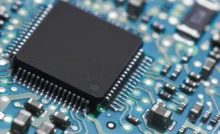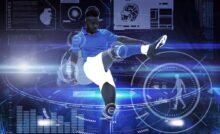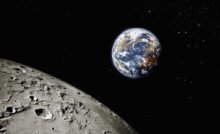The AI Art Boom: Will Machines Replace Human Artists?

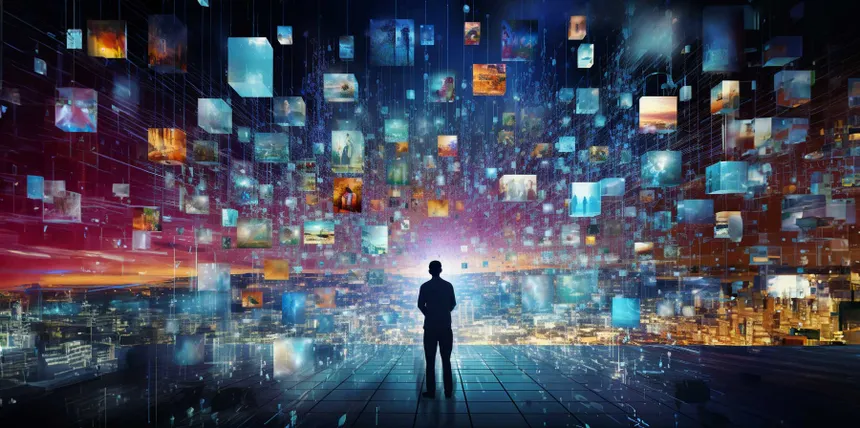
The Digital Art Revolution
Artificial Intelligence (AI) is transforming the world, and one of its most surprising impacts is in the world of art. AI-generated art is rapidly gaining popularity, raising questions about creativity, originality, and the role of human artists in the future. From digital paintings to music compositions, AI is proving that it can create stunning, unique, and sometimes even controversial pieces of art. But does this mean human creativity is at risk? Let’s dive into the rise of AI-generated art and its implications.

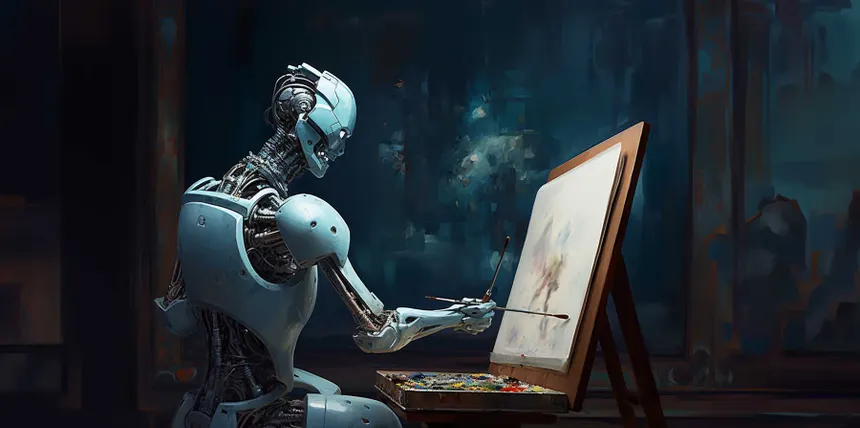
The Rise of AI-Generated Art
1. How AI Creates Art
AI-generated art is produced using machine learning algorithms, particularly deep learning and neural networks. These systems analyze vast amounts of data from existing artworks and learn to generate new pieces based on patterns and styles.
- GANs (Generative Adversarial Networks): AI models that generate new images by pitting two neural networks against each other—one creates, the other critiques.
- Diffusion Models: Newer AI models, like DALL·E and Stable Diffusion, generate high-quality images from text prompts.
- Neural Style Transfer: AI can blend the styles of famous artists with modern images, creating unique hybrids.
2. Popular AI Art Platforms
Several platforms have made AI art creation accessible to the public, leading to a surge in AI-generated content:
- DALL·E: An AI model by OpenAI that generates images from text prompts.
- MidJourney: A tool that creates highly detailed, artistic images.
- Deep Dream: Developed by Google, it enhances and modifies existing images in surreal ways.
- Artbreeder: Allows users to mix and match artistic styles with AI assistance.
The Impact of AI on Creativity
1. Benefits of AI-Generated Art
AI is not just a tool for automation—it also enhances human creativity in multiple ways:
- Accessibility: Anyone, even without traditional artistic skills, can create stunning artwork using AI.
- Speed and Efficiency: AI can generate high-quality images in seconds, reducing time-consuming artistic processes.
- Exploring New Styles: AI can merge artistic styles in ways humans might not have imagined.
- Cost-Effective: AI tools eliminate the need for expensive materials and training.
2. Challenges and Ethical Concerns
While AI-generated art is exciting, it also raises serious concerns:
- Threat to Human Artists: Will AI replace human artists? Some fear AI could reduce demand for human-made art.
- Copyright Issues: Many AI models are trained on existing artworks without the original artists’ permission.
- Authenticity and Ownership: Who owns AI-generated art—the programmer, the AI, or the person who provided the prompt?
- Job Displacement: Digital illustrators and designers fear AI may reduce job opportunities.
AI vs. Human Artists: Who Wins?
1. What AI Can Do Better
- Generate Large Volumes of Art: AI can produce thousands of artworks in a short time.
- Replicate Styles Instantly: AI can mimic the style of Van Gogh, Picasso, or modern digital artists with precision.
- Enhance Creative Processes: Many artists use AI to generate ideas, create drafts, and refine their work.
2. What Humans Do Best
- Emotional Depth: AI lacks emotions, making human-created art more personal and meaningful.
- Original Thought: While AI relies on existing data, humans create completely new artistic movements.
- Cultural Context: Art is deeply connected to personal experiences and societal influences, which AI struggles to understand.
- Storytelling: A painting by a human often carries an emotional story that AI-generated art lacks.
The Future of AI Art: Coexistence or Competition?
The relationship between AI and human artists doesn’t have to be a battle. Instead, it can be a partnership.
- Artists Using AI as a Tool: Many creatives are integrating AI into their workflow rather than competing against it.
- Legal and Ethical Frameworks: New laws and policies may be needed to regulate AI-generated art and protect human artists.
- Hybrid Art Forms: Some artists are blending AI-generated elements with traditional techniques for a unique style.
- AI-Enhanced Galleries: Museums and digital platforms are showcasing AI-assisted art alongside traditional pieces.
Conclusion: Embracing the Future of Creativity
AI-generated art is here to stay, and its impact on creativity is undeniable. While it presents challenges, it also opens up new possibilities for artistic expression. The key lies in how we use AI—not as a replacement for human artists but as a tool to enhance creativity. The future of art isn’t about humans versus machines—it’s about collaboration. Whether you’re an artist, a collector, or an enthusiast, AI-generated art is a revolution worth watching.
Do Follow USA Glory For More Updates.
Recent Posts
Crema Coffee Nashville – A Beloved Café in Music City
When you walk through the streets of Nashville, Tennessee, you’ll likely hear live music, smell…
Why Cafe Demitasse Los Angeles Is a Must-Visit Spot
In the heart of Los Angeles, where coffee culture thrives, Cafe Demitasse Los Angeles stands…
Metropolis Coffee Chicago: A Beloved Local Café Story
Metropolis Coffee Chicago isn’t just a café; it’s a community hub, a haven for coffee…
Saturdays NYC New York: A Lifestyle Brand Redefined
Saturdays NYC New York isn’t just a fashion label; it’s a vibe, a culture, and…
Cafe Reveille Los Angeles: A Cozy Coffee Escape in the Heart of the City
If you’re in Los Angeles and looking for a peaceful place to enjoy coffee, work,…
Honor Coffee Seattle – A Cozy Gem in the Heart of the City
Seattle is known around the world for its deep love of coffee. From the global…
